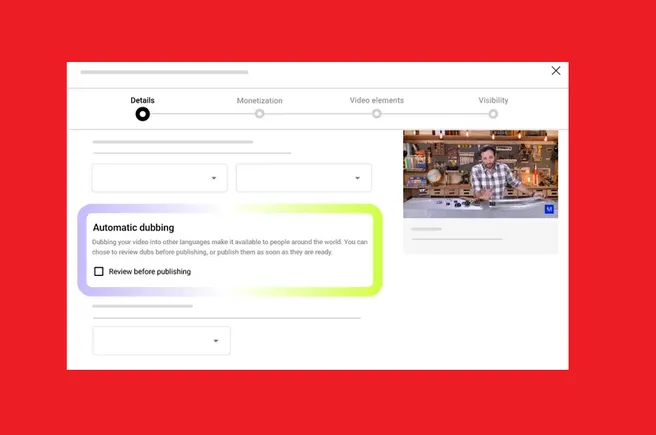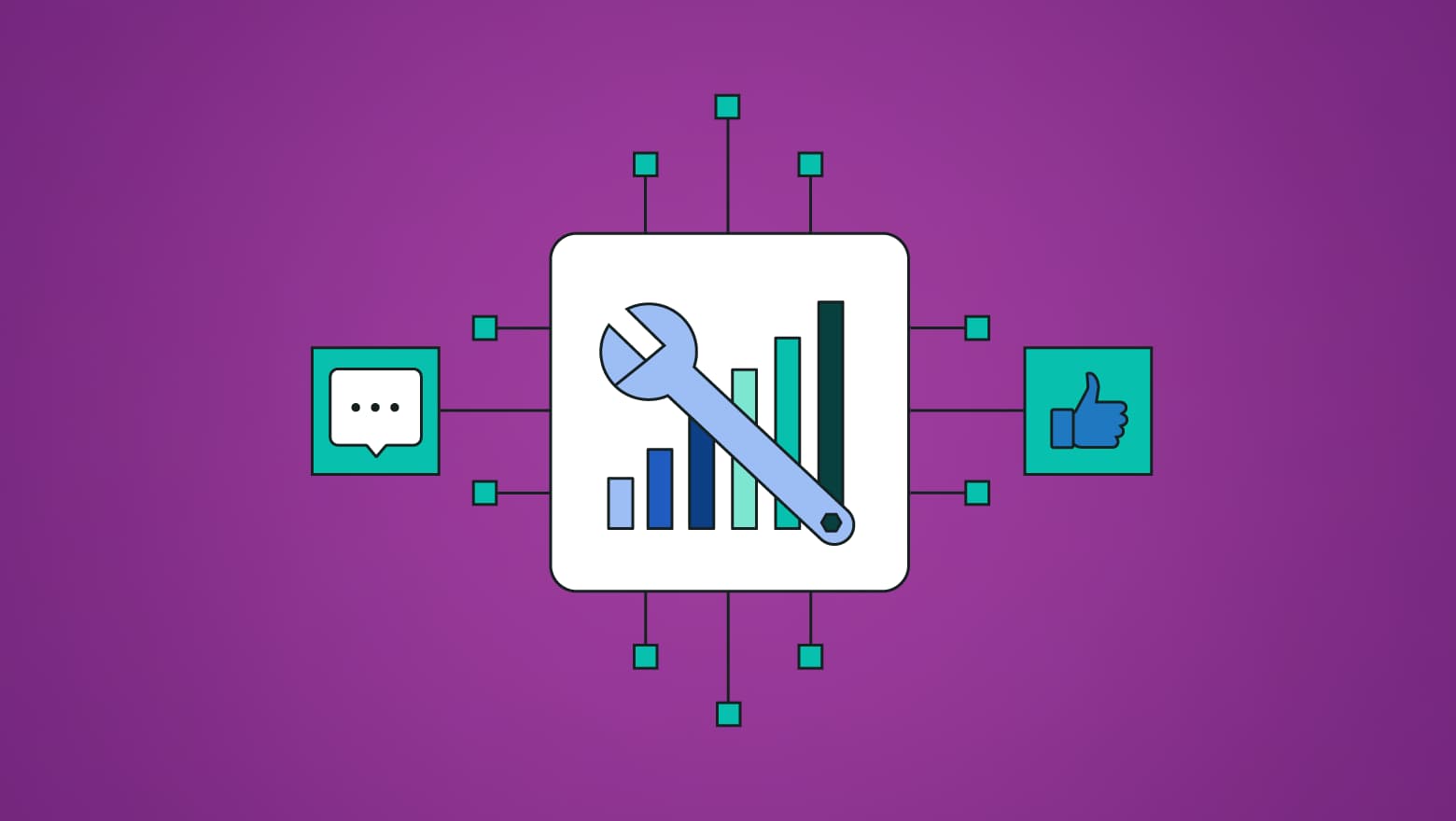How to Take a More Goal-Oriented Approach to Marketing Data
The term ‘do more with less’ can be enough to make marketers wince. While budgets and resources tighten but pipeline targets grow, it can feel contradictory to achieving marketing goals. But what if the solution isn’t to “do more” but to fundamentally change how we think about data and marketing’s role in driving pipeline? Tessa […] The post How to Take a More Goal-Oriented Approach to Marketing Data appeared first on Convince & Convert.

The term ‘do more with less’ can be enough to make marketers wince. While budgets and resources tighten but pipeline targets grow, it can feel contradictory to achieving marketing goals. But what if the solution isn’t to “do more” but to fundamentally change how we think about data and marketing’s role in driving pipeline?
Tessa Barron, formerly Senior Vice President of Marketing at ON24, joined the Data-Driven Decisions podcast to share her framework for aligning goals with specific actions and focusing on the metrics that really matter.
In this blog post, we’ll explore why Tessa believes marketers need a shift in perspective when it comes to pipeline growth and how we can become more goal-oriented instead of tactic-oriented.
The Mindset Shift That Needs to Happen
Particularly since the pandemic, the expectations for marketers have changed. The consumers and audiences you want to reach have changed. So Tessa asks a simple question: are you still doing the same things as before?
“We as marketers have to check in with ourselves and say, ‘have we changed? Are we still doing what we were doing three years ago, four years ago?’ And if the answer is yes, that is the first sign that we need to stop expecting that if we execute the same way and do more and more that this means we’re going to get more in return.”
Tessa explains: it’s so easy, especially for those who have been in marketing for years, to rely on the old tried-and-tested tactics for reaching audiences. Content in the form of webinars, whitepapers, blog posts, podcasts and videos are go-to methods for marketing, and there’s nothing inherently wrong with them. Tessa’s point is that it’s a mistake to start with the tactic first. Instead, we need to get back to our goals and collect data that supports and leads us to achieve that goal.
She shared an example: Instead of planning to run four webinars in Q1, you might say, “in Q1, we need to reach X number of new accounts or a 10% uplift in the pipeline target.”
Framing it this way lets you now ask yourself the important questions. To drive pipeline, you might also need to improve the conversion rate of first meetings by 10%. So how do you reach that 10% conversion rate?
Look at the type of marketing tactics that engage customers most. What type of content do they tend to convert with?
To do this, we need to understand our audience’s goals. Perhaps they are looking for greater education and detailed insights into a topic – in that case, a webinar could be perfect and is likely to lead to a higher conversion rate.
“It’s that goal, that objective of improving conversions that should then inform why you are even running a tactic in the first place.”
Uncovering Key Signals
Marketers have so much data at their fingertips these days. But that data can easily become noise unless you have a way of cutting straight to what matters. For that reason, Tessa prefers to use the term “signal,” which represents what makes a buyer more likely to convert.
Once you uncover those signals, you can start to set “traps” and different interactions to uncover more signals.
ON24 has over 20 different ways to interact with a webinar that allow marketers to learn more about their prospects. Polls, surveys, call-to-actions and Q&As all help to keep the webinar entertaining and engaging but also tell marketers more about prospects’ behavior and what they prefer to engage with.
Tessa also shared some key examples from ON24’s clients.
A technology company that was trying to regain market share knew that customers using a specific cloud provider were 10 times more likely to convert to an opportunity. The marketers’ jobs were clear – find as many prospects using that cloud provider as possible. In a webinar, they asked a simple question, “what cloud provider are you currently using?” to identify those prospects most likely to convert.
Another example Tessa shared was from the pharmaceutical industry. Their goal was to reach doctors who had patients in need of help. To do this, they hosted a webinar for doctors who needed to stay on top of the latest breakthroughs and drug therapies and asked, “how would you rate the risk of your patient base? High, medium or low?” Doctors who responded “high” gave the company a clear signal that they could benefit from more interactions with them.
Those are two very different examples, but great ways that illustrate the importance of strategic data capture that’s tied to end-goals.
Align with Your Sales Team on the Pipeline
The trick here is asking the right questions rather than making assumptions about prospects. This is where Tessa recommends aligning with your sales team.
Marketers may have a tendency to ask questions that will assess the quality of the content they’re delivering, and while that can be useful, it may not provide the most impact to your overall strategy in terms of conversion rates.
Instead, Tessa suggests stepping outside of marketing and having a chat with your sales team. What kind of questions do they ask to determine if a lead is qualified so they can move them on to the next stage? Salespeople sit at the front lines of the prospect’s communication with a company and will be able to tell you much more about their needs and wants, reasons for hesitation or doubt, and their expectations – insights you can use to inform your marketing.
On a similar note, Tessa also thinks that sales and marketing teams should work in tandem on pipeline growth. While marketers may be partially responsible for pipeline, they’re usually not the ones creating it. Marketers are creating signals and “developing a net to catch people who might turn into pipeline. But it’s the salespeople, those on the front lines who create pipeline.”
The role of marketers is to deliver the clearest picture of who the salespeople will be talking to before they even pick up the phone. So what can you do with the data you have and what strategies can you take to collect the data you need to push your pipeline forward?
A Framework for Creating Messaging That Sticks
To move prospects further along the pipeline, marketers can harness data to create highly relevant messaging for different prospect touchpoints along the buying journey. Tessa explained the general framework for the marketing team at ON24:
- Define the lead you’re going after – with data to back up your understanding of whether that lead is quality or not
- Identify what stage of the lead lifecycle that each prospect is in, grouping them together
- Decide on appropriate messaging for each stage of the lead lifecycle. Define what sales, SDRs, marketers say to prospects (if anything).
While Tessa says that pipeline is something created by the salespeople, not marketing, it’s a marketer’s job to look at the little steps in between a lead becoming a pipeline opportunity. These areas are often overlooked, such as tailored messaging from different departments or outdated lead forms on a website. Sometimes, there are little tweaks that can make a huge difference to conversion rates such as shortening the forms, targeted messaging, and opportunities for further interaction with your content.
“It’s figuring out what those key steps in between a lead becoming a pipeline opportunity. It’s focusing there that you can really start to be able to control and understand how to turn dials, add more success.”
Paying attention to the wider goals of conversion and support for the pipeline is a great framework to allow marketers to become more focused and intentional with how they use data to achieve those bigger picture goals.
Focus On What Matters, Present What Matters
With lots of “noisy” data out there, it can be challenging for marketers to focus on the right things. The same goes for the wider company stakeholders and managers who sit separate from sales and marketing and need to understand the impact of their work.
Tessa recommends presenting data to stakeholders in the simplest most visually engaging ways possible. Stakeholders need to know if something is on the up or going down and how each specific strategy (and the budget) impacts those metrics.
By getting clear on goals and only focusing on data that supports the work on those goals, you’re one step closer to achieving them and understanding your prospects’ behavior. Communicating this with the wider company means that everyone can get on board with the same data strategy.
For more on ON24’s strategies and Tessa’s advice for marketers working with data, tune in to the full episode of Data-Drive Decisions.
Catch all eight episodes here.
The post How to Take a More Goal-Oriented Approach to Marketing Data appeared first on Convince & Convert.























![How To Drive More Conversions With Fewer Clicks [MozCon 2025 Speaker Series]](https://moz.com/images/blog/banners/Mozcon2025_SpeakerBlogHeader_1180x400_RebeccaJackson_London.png?auto=compress,format&fit=crop&dm=1750097440&s=282171eb79ac511caa72821d69580a6e#)

![Brand and SEO Sitting on a Tree: K-I-S-S-I-N-G [Mozcon 2025 Speaker Series]](https://moz.com/images/blog/banners/Mozcon2025_SpeakerBlogHeader_1180x400_LidiaInfante_London.png?auto=compress,format&fit=crop&dm=1749465874&s=56275e60eb1f4363767c42d318c4ef4a#)









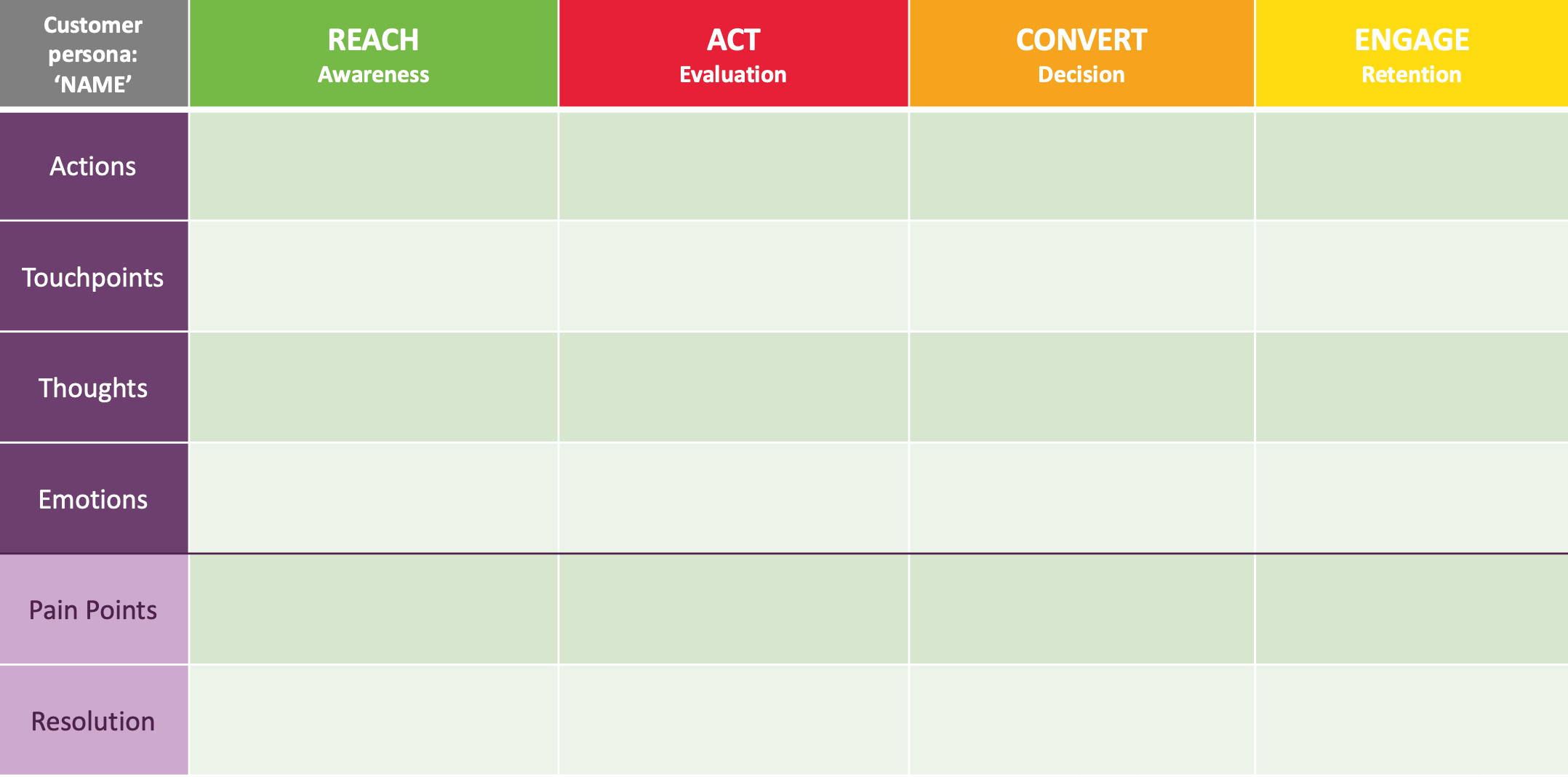
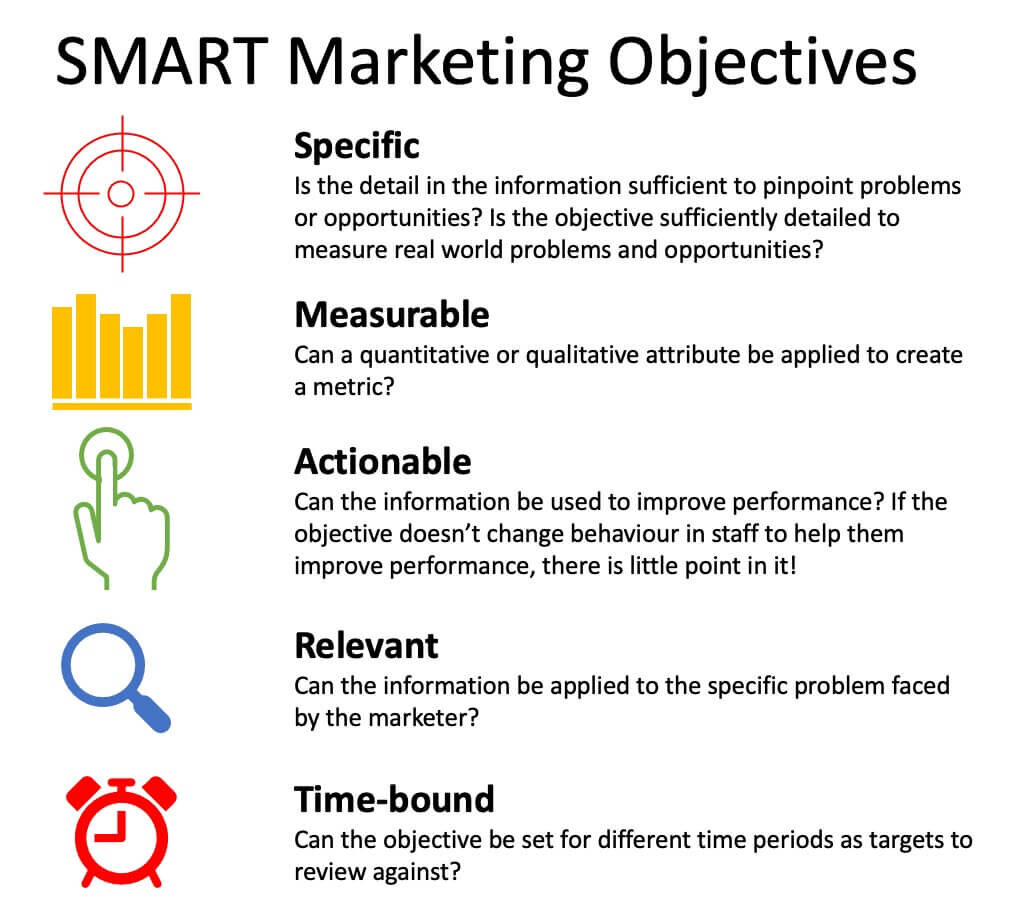
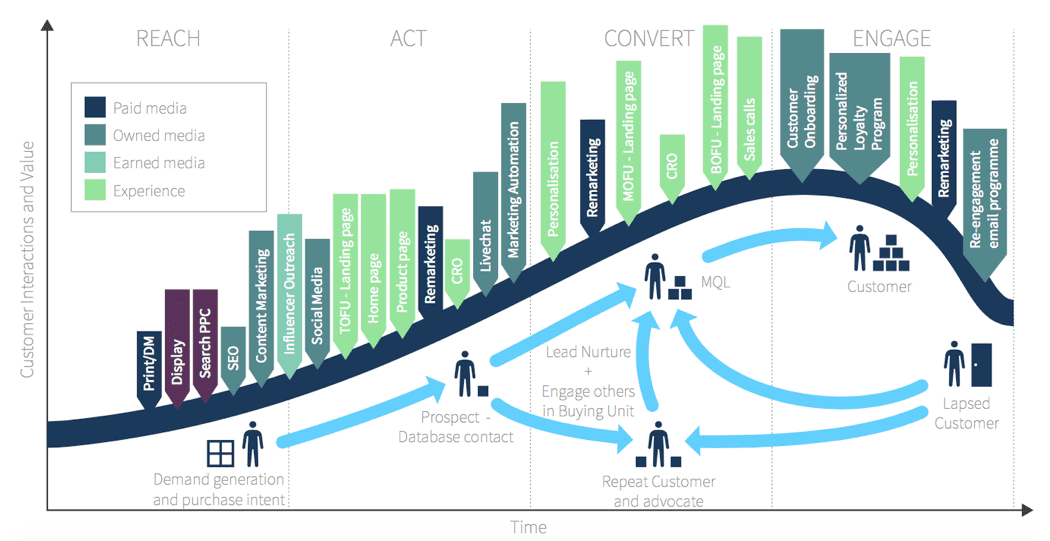
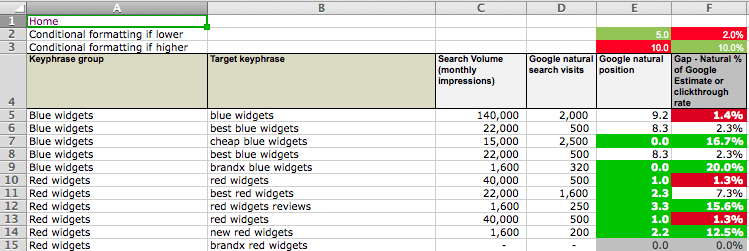












![The 11 Best Landing Page Builder Software Tools [2025]](https://www.growthmarketingpro.com/wp-content/uploads/2024/04/best-landing-page-software-hero-image-1024x618.png?#)












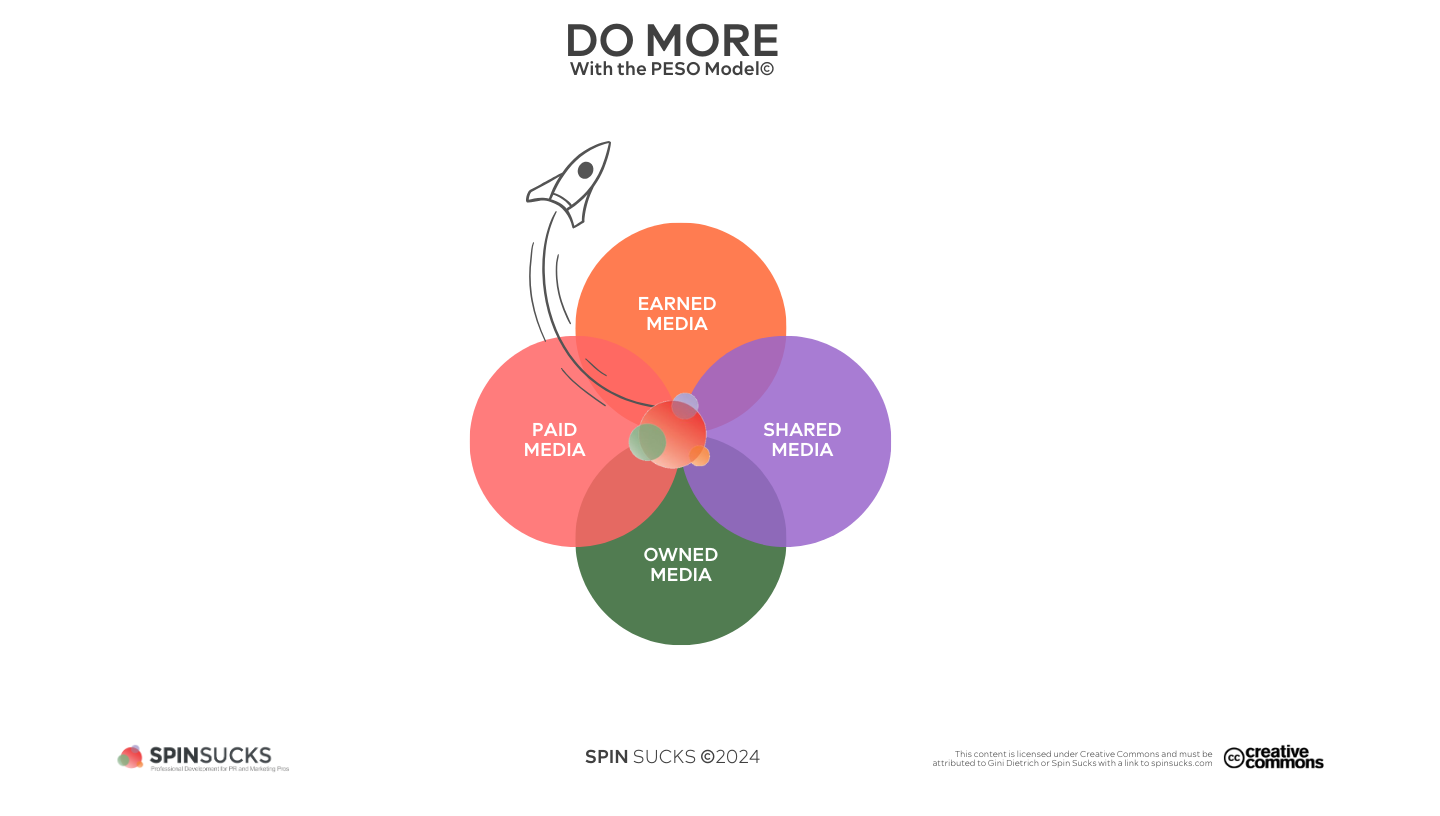

























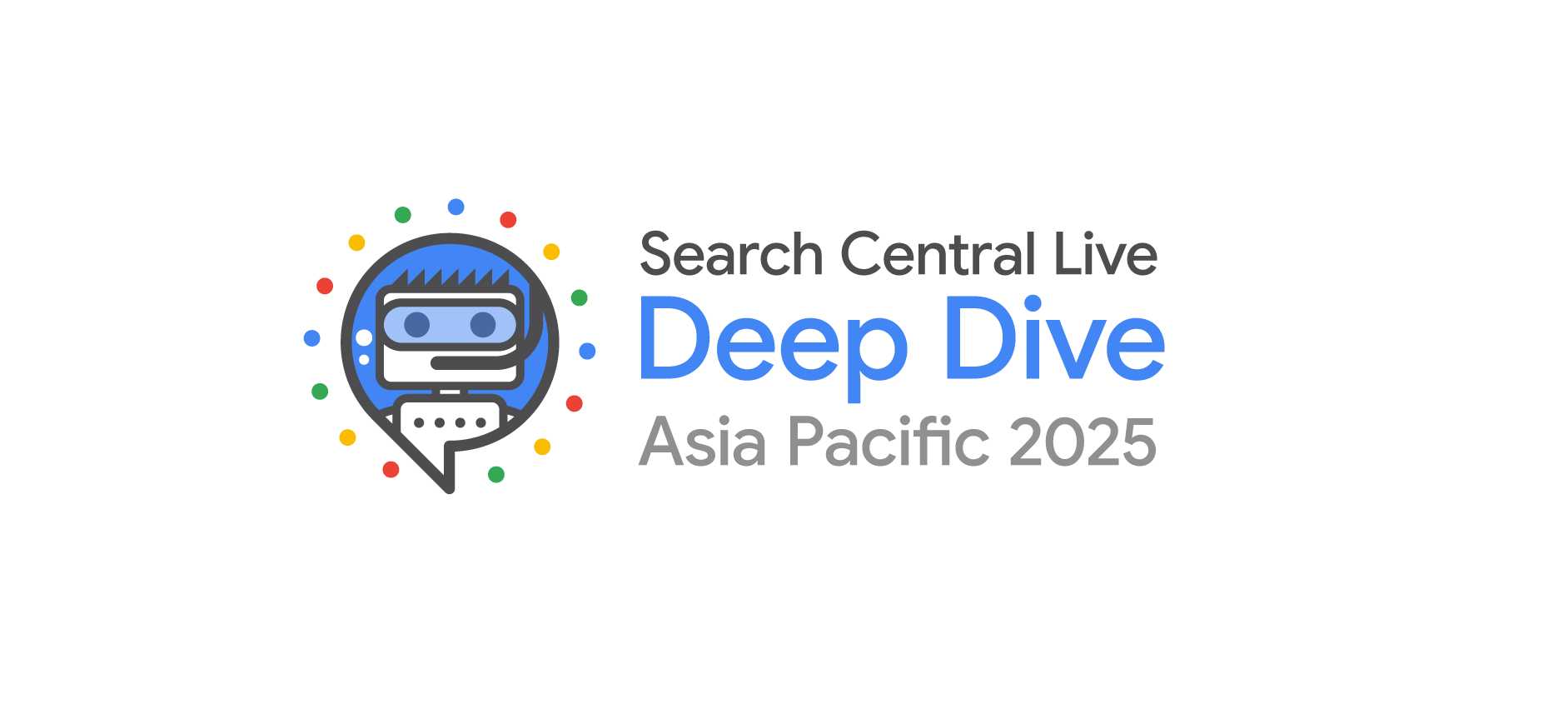


![How to Create an SEO Forecast [Free Template Included] — Whiteboard Friday](https://moz.com/images/blog/banners/WBF-SEOForecasting-Blog_Header.png?auto=compress,format&fit=crop&dm=1694010279&s=318ed1d453ed4f230e8e4b50ecee5417#)
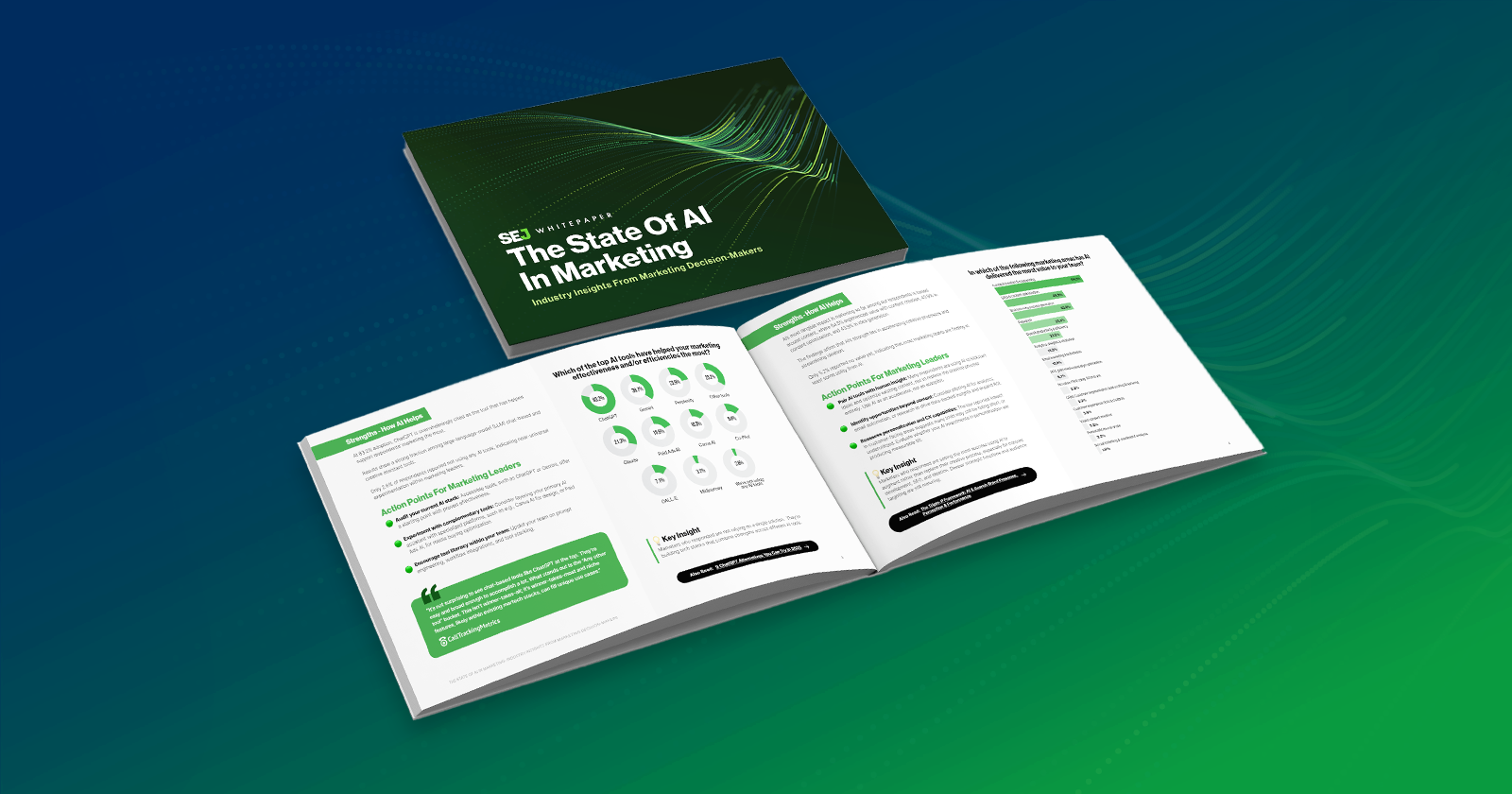









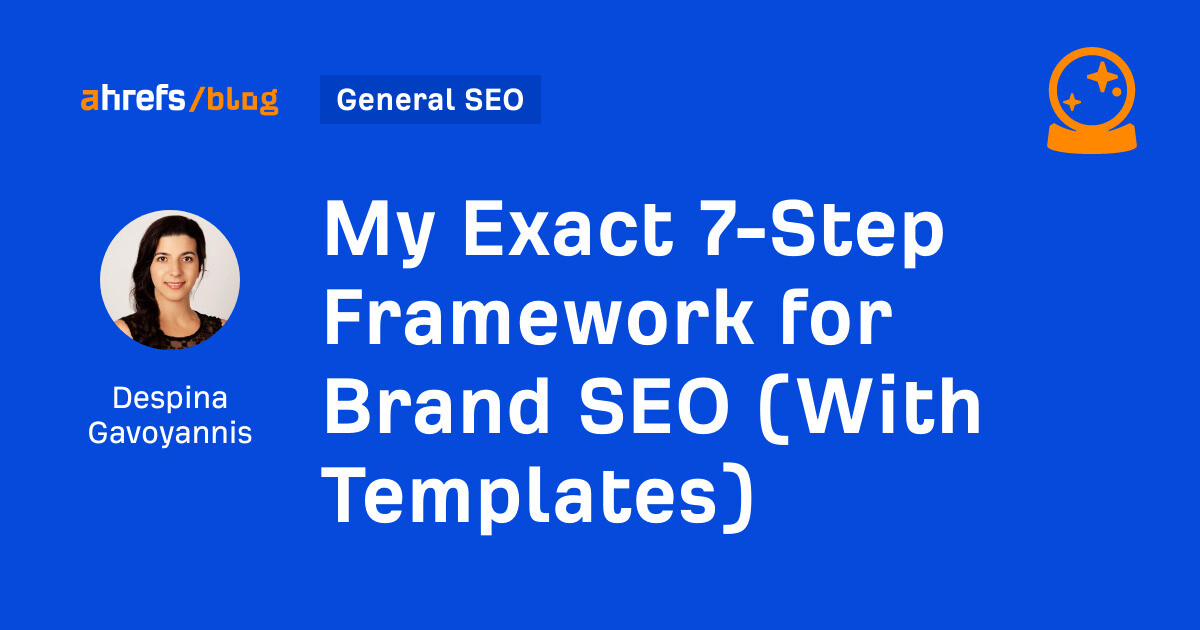

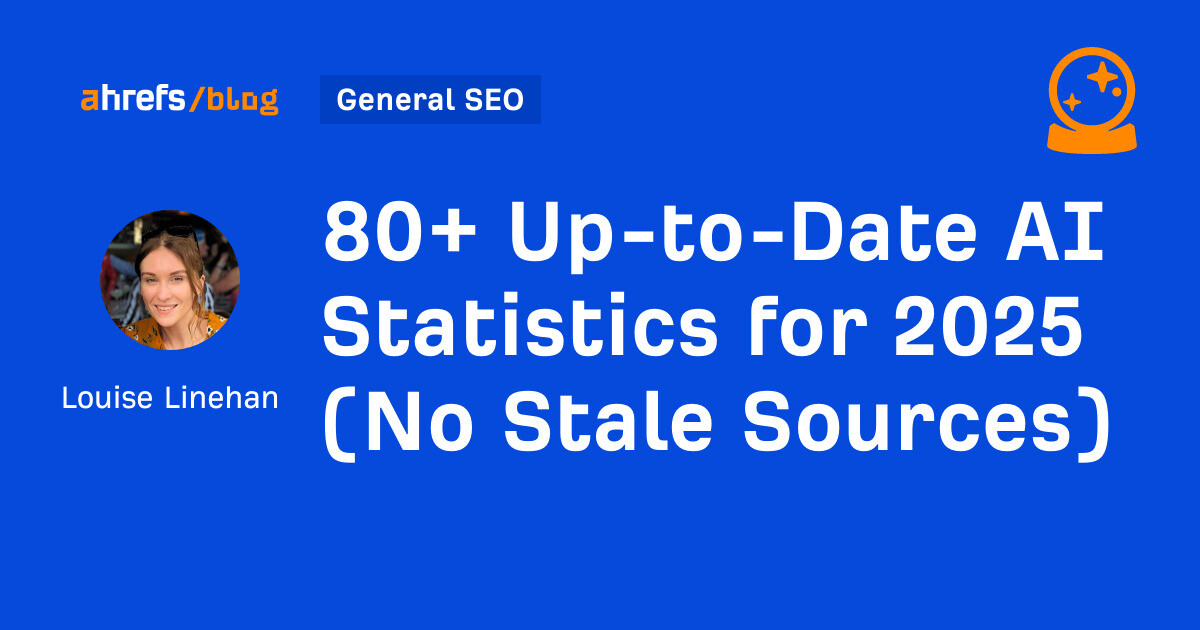


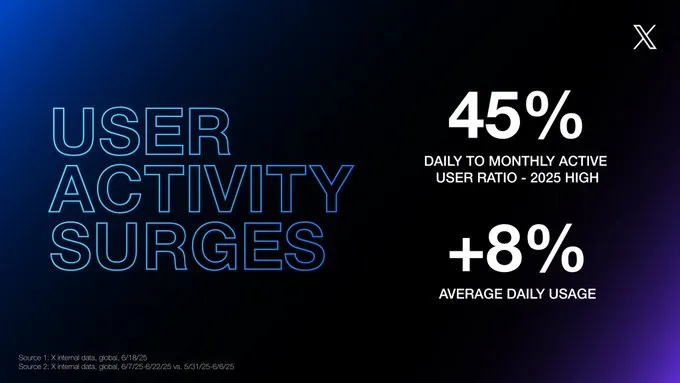











![Brand pitch guide for creators [deck and email templates]](https://blog.hootsuite.com/wp-content/uploads/2022/06/brand-pitch-template.png)
















